Hamilton, the hit Broadway musical created by and starring Lin Manuel Miranda, features three different duels and three variations on the song “Ten Duel Commandments.” First sung during the duel between John Laurens and Charles Lee, “Ten Duel Commandments” lays out the formal etiquette of dueling during and after the American Revolution – but how accurate are the song’s lyrics?
In their alliance with the French forces during the Revolutionary War, American patriots were introduced to the Code Duello, the European rules of dueling etiquette. Soldiers who were already fired up with the spirit of revolution embraced dueling with great zeal, and duels exploded in popularity after 1776. Men who had come from more humble backgrounds, but who were now acquiring wealth and titles, saw dueling – a ritual filled with pomposity and decorum – as a means of proving themselves to be gentlemen and cementing a higher social status.
“Ten Duel Commandments” actually downplays the formalities of the duels that Lee, Laurens, Aaron Burr and the Hamiltons took part in. The Irish Code Duello, which was formalized in 1777 and (mostly) abided by in 18th and 19th century American duels, is comprised of 25 rules. But there’s a lot of history to get through in Hamilton, and “Twenty-Five Duel Commandments” would probably take up too much time. As it is, the song covers the broad strokes of formal dueling etiquette with considerable accuracy. Here’s a breakdown of the “Ten Duel Commandments,” and how they relate to the actual rules of dueling.
#1 Demand Satisfaction
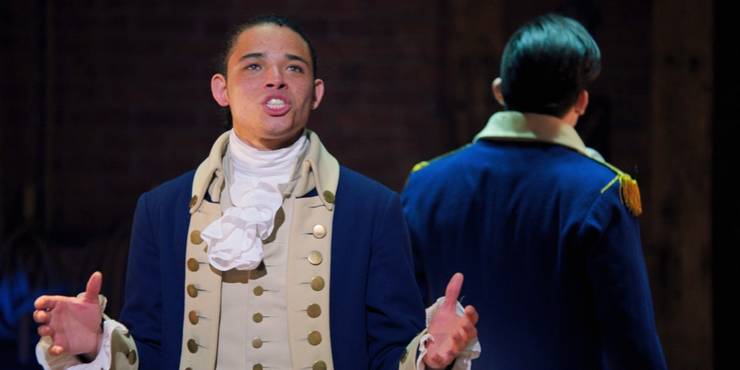
The first step is to “demand satisfaction,” which means either an apology or satisfaction via the conclusion of the duel. An apology can be negotiated either by the duel participants or by their seconds, and there’s an opportunity to do so both before the meeting takes place, and on the dueling grounds. The ideal outcome of dueling was actually to avoid a duel altogether, which was often what happened. As the song puts it, “Most disputes die and no one shoots.“
Several of the rules in the Code Duello pertain to apologies and when in the proceedings they can be issued. For example, the first offense requires the first apology, even if the retort to that offense was the greater wrong. That is, until two shots have been fired, at which point the person who retorted may offer their apology first. If someone loses their temper and punches their opponent, they cannot wriggle out of it with a verbal apology; their only options are to go ahead with the duel, or hand their cane over to their opponent and allow them a free hit in retaliation.
#2 Grab A Friend, That’s Your Second
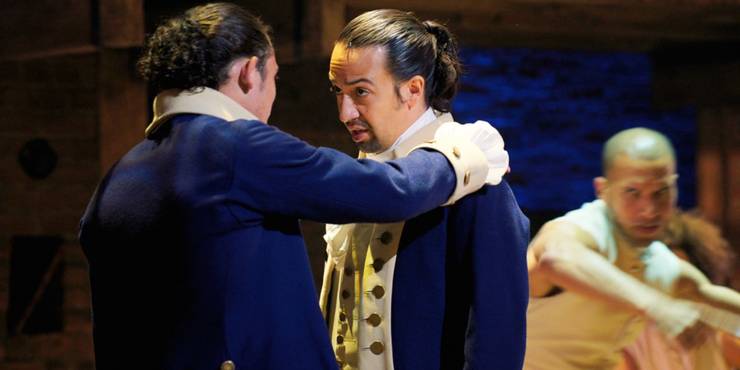
A cornerstone of dueling is the second, who is required to be of equal rank to their principal (meaning a nobleman couldn’t just force one of his servants to be his second). A second’s role is to negotiate terms with the opponent’s second, to load and hand over the pistols, to bear witness to the duel, and – if necessary – to step in and take part in the duel themselves. Though Hamilton only features one second for each person in each duel, it was more common to have three seconds present.
#3 Have Your Seconds Meet Face To Face
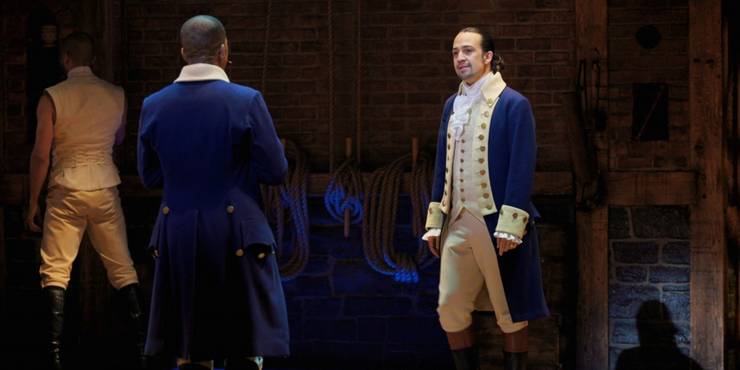
This is Rule 21 of the Code Duello: even if there’s little chance of reconciliation, the seconds are obliged to first meet and negotiate before any dueling can take place. If attempts at reconciliation fail, the next step for the seconds is to sort out the rules of engagement. According to Rule 17 of the Code Duello, the challenger chooses the distance and the challenged chooses the ground (meaning that Hamilton deliberately chose to duel on the same spot where his son once had). The seconds arrange the time and the terms of the duel during their negotiations.
#4 Time To Get Some Pistols And A Doctor On Site
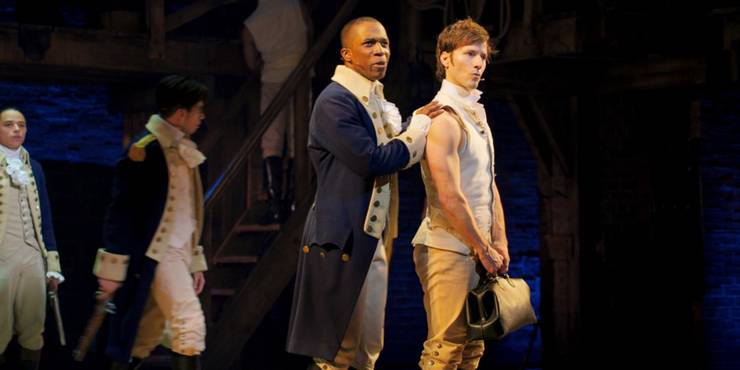
There’s actually nothing in the Code Duello that requires a doctor on site, but it was common to have one or more doctors present for obvious reasons. Since the doctor was only there to administer care and was not a participant in the dispute or the duel itself, they would usually keep their backs turned during the shooting. This meant that if the doctor was called to a trial as a witness (dueling was, after all, technically illegal in most states), they could simply and honestly say that they hadn’t seen the duel take place.
#5 Duel Before The Sun Is In The Sky
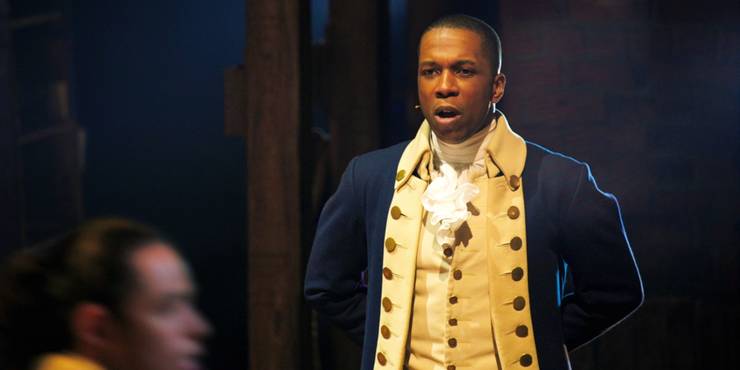
There are no rules pertaining to what time duels can take place, though Rule 15 of the Code Duello states that challenges cannot be issued at night, “for it is desirable to avoid all hot-headed proceedings.” In other words, to avoid men getting drunk and combative and sloppily issuing or accepting duel challenges that they would regret in the morning. Dueling at or before sunrise was more a strategy for avoiding interruptions from the public or intervention from the authorities.
#6 Leave A Note For Your Next Of Kin
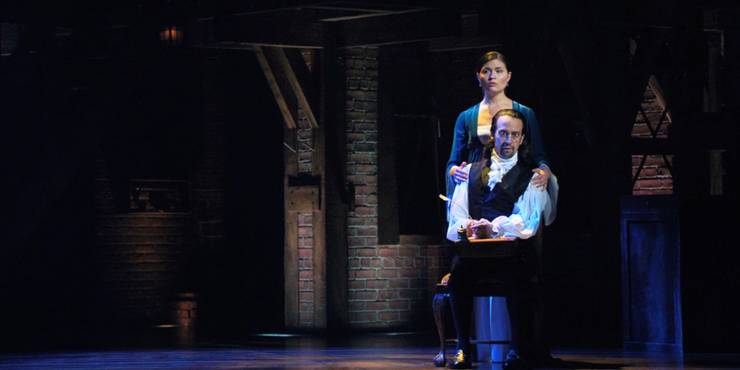
Like dueling at dawn, leaving a farewell note for families and otherwise getting affairs in order was more of a practical tradition than an actual rule. Though many duels ended without bloodshed or with only minor injuries, the principle of the duel is that both participants go in prepared to die for their honor. Alexander Hamilton wrote his last will and testament two days before his duel with Aaron Burr.
#7 Confess Your Sins
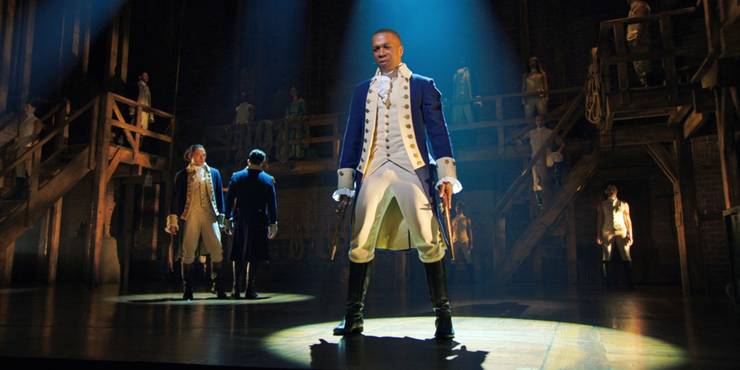
Though some who took part in duels may have confessed their mortal sins beforehand, in case they died before they had a chance to confess, this commandment is complicated by the fact that dueling in itself can be considered a mortal sin. In fact, when Alexander Hamilton asked to be given holy communion on his deathbed, he was initially refused by the bishop on these grounds. It was only after he repented for taking part in the duel that holy communion was granted.
#8 Last Chance To Negotiate
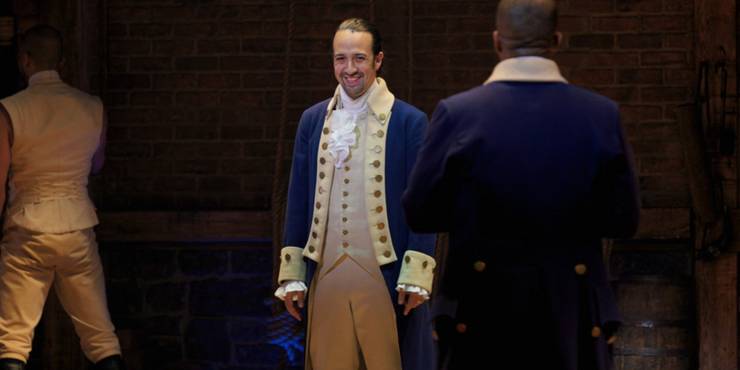
Though the meeting of the seconds before a duel is the last chance to negotiate before things escalate to violence, it’s not the last chance to negotiate overall. Once both parties have fired a shot (and assuming that both are still in a condition to continue the duel), there’s another opportunity for the challenged party to apologize and to stop things moving on to a second set of shots. There’s a chance to reconcile after each further exchange of fire – though the more shots fired, the less likely it is that both duelists will still be standing.
#9 Look ‘Em In The Eye, Aim No Higher
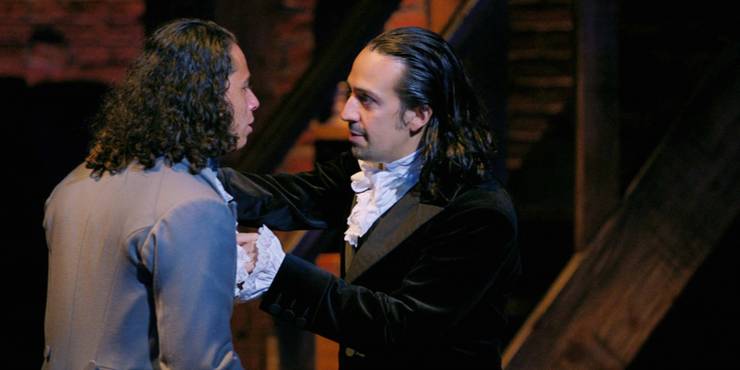
When Philip Hamilton comes to his father for advice about his upcoming duel in Hamilton, Alexander advises him, “When the time comes fire your weapon in the air/This will put an end to the whole affair.” This tactic is called deloping, (from the French “delope,” meaning “to throw away“) and is strictly forbidden by Rule 13 of the Irish Code Duello. The reasoning behind this rule is to reinforce that dueling is not a game; in issuing a challenge for a duel, and in accepting a challenge, each participant is declaring that they are prepared to shoot and be shot at. Therefore, the commandment to “Look ’em in the eye, aim no higher” actually describes a rule that prohibits deliberately shooting over the opponent’s head. Of course, this doesn’t mean that deloping didn’t happen – particularly in America, where adherence to the Code Duello‘s rules was less strict.
#10 Fire!
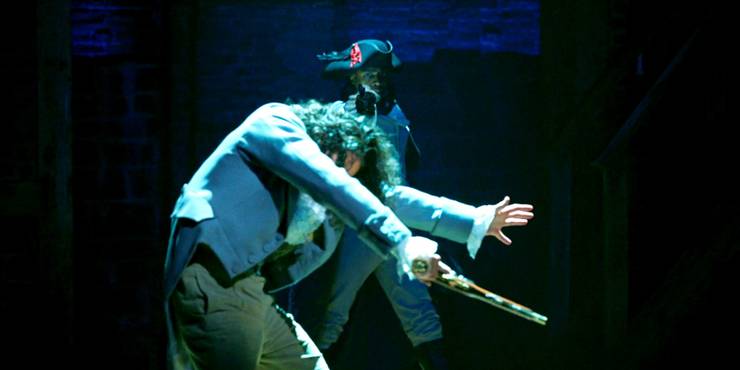
In all three duels depicted in Hamilton, the affair is ended after one shot by the injury of one of the parties. According to Rule 22 of the Code Duello, a duel can be ended by “any wound sufficient to agitate the nerves and necessarily make the hand shake.” This portion of “Ten Duel Commandments” also names the distance opponents must walk as being ten paces, but there was variety in the distance, with some duels being fought at twelve paces, and some at fourteen or fifteen (as mentioned earlier, the exact distance was chosen by the challenger). Though it was common to wait for the signal cry of “fire!” before shooting, the Code Duello states that firing can also be done at the parties’ “reasonable leisure” if they agree to that beforehand. Even if given a signal, opponents didn’t always fire immediately; in the duel between Philip Hamilton and George Eacker, both men initially refused to fire and stared one another down for around a minute before finally raising their guns.
About The Author




